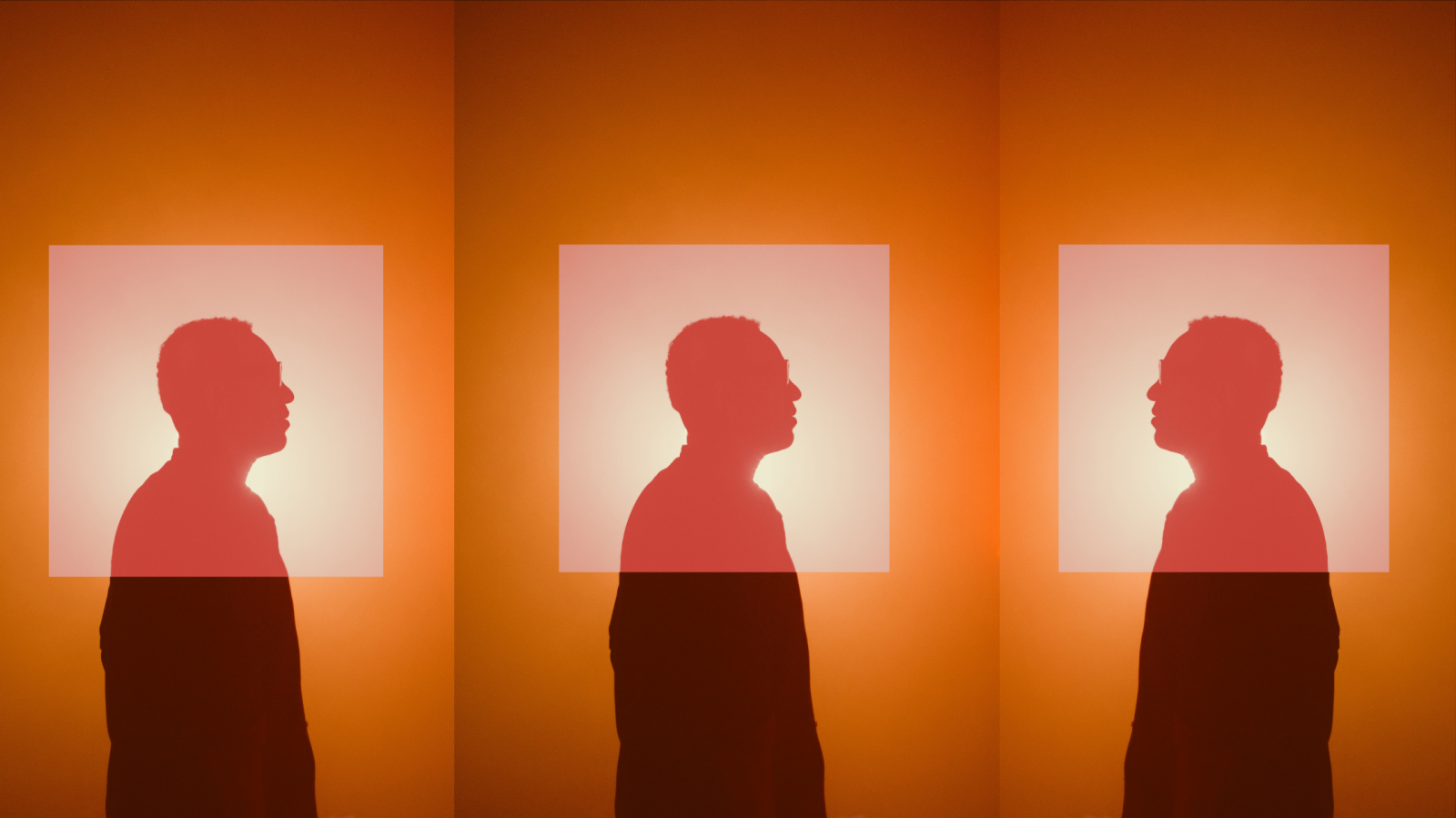All eyes, no ears: New MIDiA data shows why virality is not building fandom


Over the past five years, social video has crept its way into nearly every aspect of music, from talent scouting to new release marketing. But the buzz around these platforms often obscures a more complicated reality. For all their reach, social clips do not translate casual exposure into streams or meaningful fandom as often as the industry may hope. In fact, evidence suggests that social video is beginning to displace some listening on streaming platforms, rather than fueling it.
MIDiA’s new, publicly available report All eyes, no ears | Why virality is not building fandom unpacks this disconnect. We employed a global study of over 10,000 consumers and their music discovery habits across a variety of platforms. The data illuminates not only how, why, and where music discovery moments happen – but crucially, what happens next.
The discovery funnel is broken, especially for younger consumers
Music discovery is about more than a moment – it is what happens next that matters most. A slight majority (52%) of consumers streamed music in the last month because they heard it on social media. Yet the other nearly half (48%) did not. Often, this is because discovery is getting stuck at the song clip – and especially among younger listeners, who are using social video most. While younger listeners are overall more likely than the average consumer to have high engagement with music, concerning generational shifts are emerging. After hearing music on social media, younger consumers (aged 16-24) were less likely than the age cohort above (25-34-year-olds) to take almost every step through the discovery funnel, like looking to see who the song is by, saving it on streaming, exploring more of the artist’s music, or becoming a fan.
Social media is starting to replace streams – rather than driving them
In the “sound-on” world of social video, clips of songs on platforms like TikTok increasingly vie for the same consumer time as streams. Yet one provides a small amount of revenue to the music industry – while the other provides the lion’s share. More troublesome still, social platforms are often winning this competition. Asked what holds them back from streaming the music they hear on social media, consumers’ second most-common reason is “I hear it enough on social media”. The issue is again exacerbated for younger listeners: Of consumers who have lost interest in discovering new music, 16-24-year-olds are the most likely age group to say this is because the music they hear on TikTok, Instagram, and other social platforms is enough for them.
Featured Report
Streaming strongholds High-potential markets for global music players
While the balance of music streamers continues to tip towards global south markets, their smaller ARPU rates limit their revenues. Meanwhile, periodic price-rises and the advent of supremium will reinforce the contributions from the West. This report highlights streaming strongholds, those markets which, underscored by high music engagement and his...
Find out more…A narrow window to re-ignite real fandom
The inconvenient conclusion is that the more that music is pushed at social users, the less effective it becomes at driving streams, and building fandom – the very outcomes the music industry is counting on for its next era of growth. Compounding the problem, social platforms are incentivised to keep users scrolling, not send them elsewhere. This is the crux of today’s zero-sum attention economy: every moment spent listening to a feed is a moment not spent listening to songs and catalogues.
The stakes could not be higher – and armed with this dataset, labels, artists, streaming platforms, and social platforms can begin to chart a clearer path forward. The full, 30-page MIDiA report includes detailed recommendations for all players, including:
- Artists: Make your first impression count. If discovery begins with a clip or snippet of a song, then the itch is for returning to the moment – the snippet – not the song or the artist. Instead of posting as much as possible, to reach as far as possible, focus where your fans are – and prioritise spaces where listening is a natural, built-in step after discovery
- Labels and rightsholders: Put artists on a platform, not in a platform. Invest in revitalising discovery sources beyond the major apps, which currently serve as bottlenecks to discovery
- Platforms: Make a choice. Are social platforms primarily marketing tools, consumption platforms, or equally both? The answer will shape the next era of music and entertainment
There is also a silver lining. Despite the appearance that younger generations are becoming less engaged with music, more than half of 16-24-year-olds (55%) say they have become more interested in finding new music, and half say they expect their interest to grow.
There’s a narrow window to re-ignite real fandom – before the next generation grows up consuming music, without ever truly hearing it.
The full MIDiA report, All eyes, no ears | Why virality is not building fandom, is now available to the public here.

There are comments on this post join the discussion.